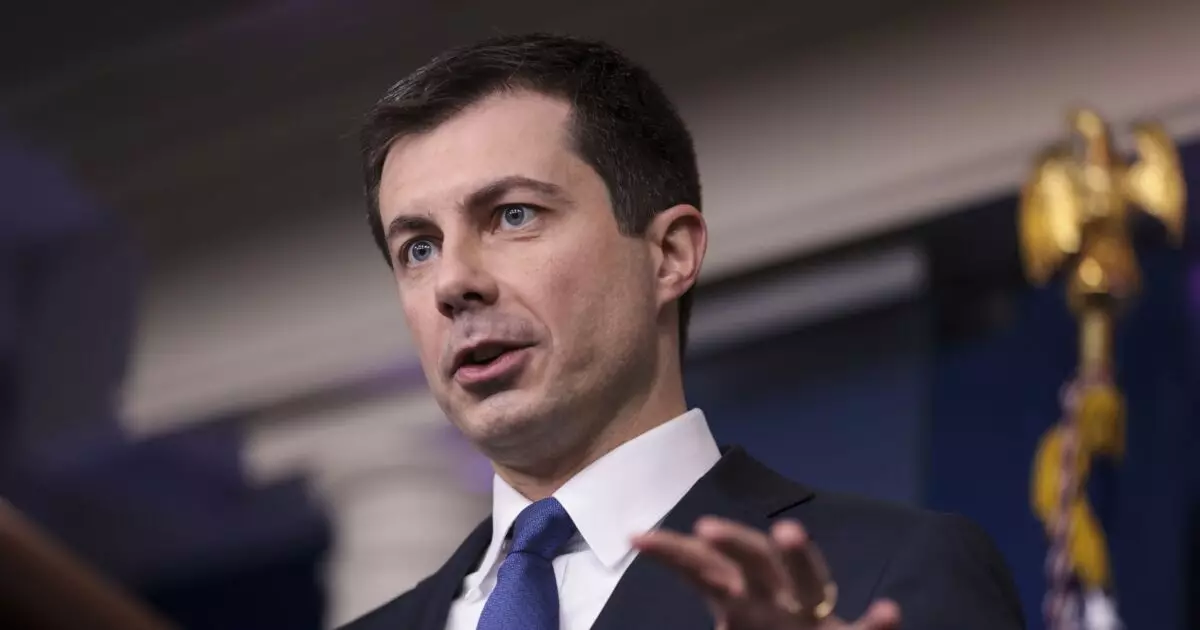Recently, the Department of Transportation (DOT) announced a substantial allocation of $2.4 billion aimed at enhancing rail infrastructure across the United States. This funding will support 122 projects spanning 41 states and the District of Columbia. Amid a landscape marked by growing concerns over the sustainability of rail investments, U.S. Transportation Secretary Pete Buttigieg emphasized the broad benefits of these projects. He highlighted that the funding, made possible through the Bipartisan Infrastructure Law (BIL), will not only foster job creation and workforce development but also enhance accessibility for passenger rail, streamline freight movement, and reduce costs for consumers. This statement signals a keen focus on strengthening the core of the nation’s transportation framework amidst fluctuating political and economic conditions.
The financial resources will be channeled through the Federal Railroad Administration (FRA) under the Consolidated Rail Infrastructure and Safety Improvements (CRISI) Program. This initiative is particularly significant as it aims to revitalize not just major rail lines but also prioritize short-line railroads, which often serve less-populated areas and regional economies. Such attention to often-overlooked aspects of rail service underscores a shift towards more inclusive and diversified transport networks that can cater to a variety of local needs. Projects will cover critical enhancements such as upgrading track systems, rehabilitating aging bridges, expanding port connections, and incorporating modern locomotives into existing fleets, thus modernizing an infrastructure that has suffered from decades of underfunding.
Among the most prominent projects to benefit from this funding is the Springfield Rail Improvements Project, which aims to establish high-speed rail connections between St. Louis and Chicago. This ambitious undertaking, with an estimated cost of $475 million, has been in progress since 2010. One notable challenge it faces is relocating rail lines to a new corridor seven blocks away from their current site, necessitating the construction of new overpasses, underpasses, and transit facilities. Despite initial setbacks, including a temporary denial of funds due to deadlines not being met, the project received a significant boost with $157 million in this funding round. Such instances reflect the complexities and bureaucratic hurdles often inherent in large-scale infrastructure projects.
While the BIL is designed to be inclusive and bipartisan, its execution has not been devoid of scrutiny. Solutions that work in theory often encounter real-world challenges, and the BIL is not exempt from this reality. In recent congressional hearings, Secretary Buttigieg was questioned about the pace at which funding has been allocated, with some lawmakers expressing concerns over delays that could impede project timelines. Despite these critiques, many continue to support the reauthorization of the legislation, signifying a commitment to investing in America’s long-overdue infrastructure upgrades.
However, a report from Hilltop Securities warns of potential political roadblocks that could arise regardless of the upcoming election outcomes. The infrastructure landscape is complex, influenced not only by legislative efforts but also by shifting political climates that may alter funding priorities. As the U.S. navigates through these challenges, it is vital to maintain a focus on strategic investments that will lead to enhanced rail accessibility and efficiency.
The recent funding announcement represents a pivotal moment for the revitalization of America’s rail system. By prioritizing projects that improve connections and accessibility, the government has taken a significant step towards addressing long-standing infrastructure deficiencies. However, sustaining momentum in this endeavor will require ongoing commitment and bipartisan cooperation to overcome the anticipated political challenges that loom in the horizon. Ultimately, the success of these investments will not only hinge on financial backing but also on the robust operational frameworks that ensure these projects are delivered on time and meet the diverse needs of communities nationwide.

